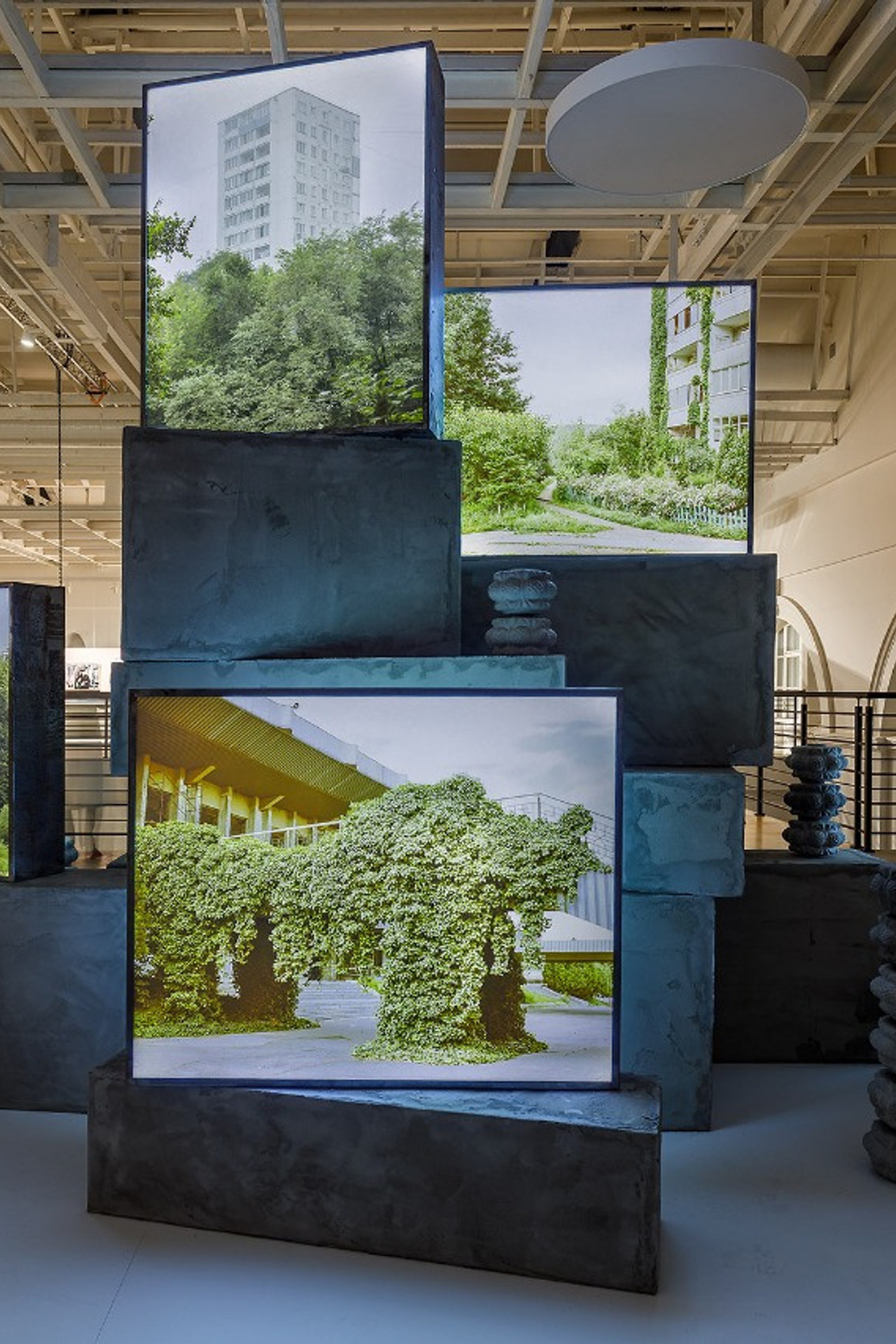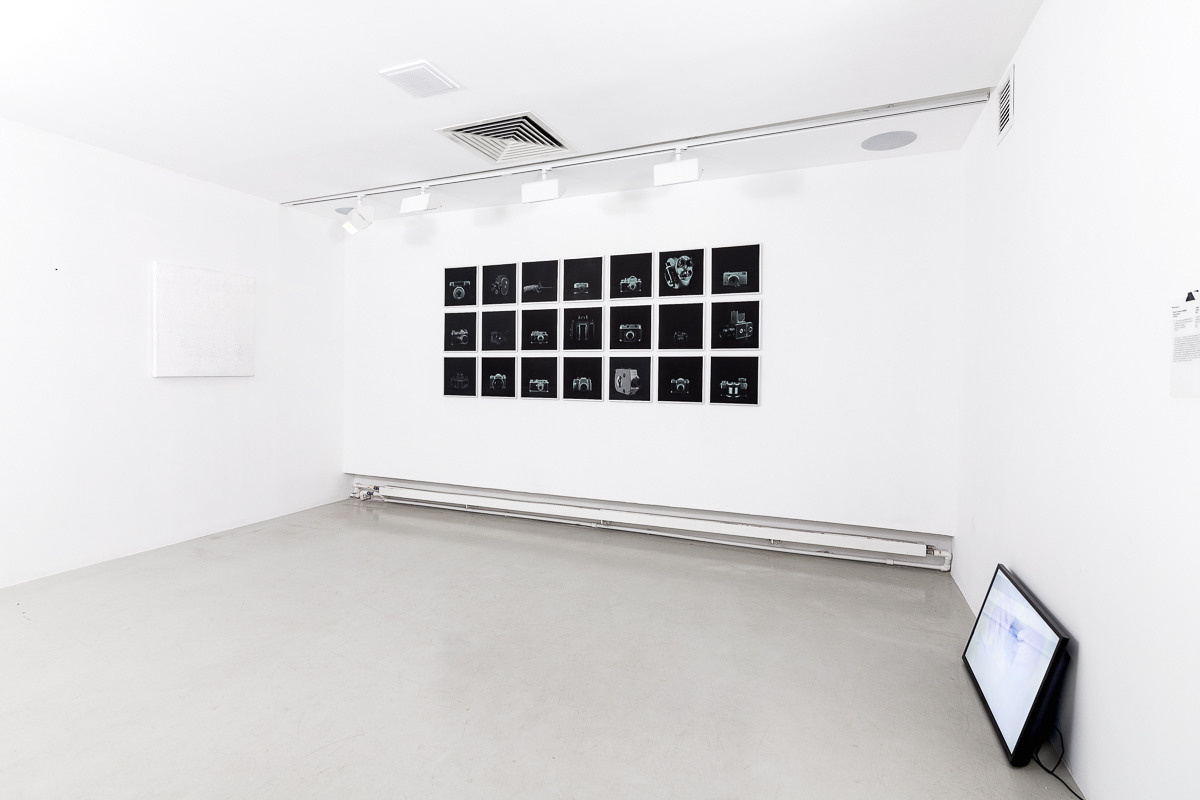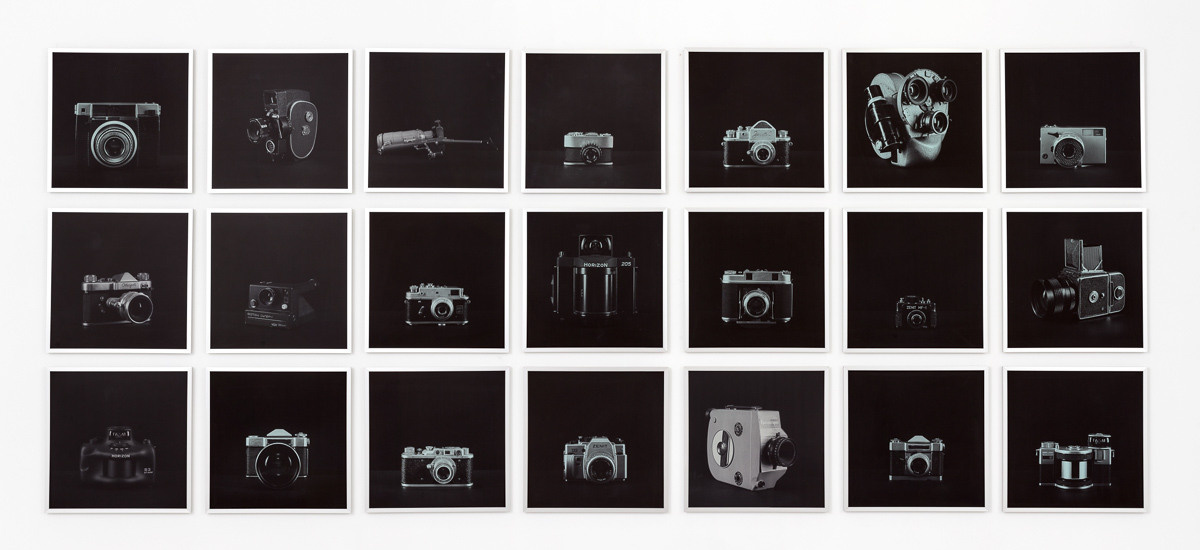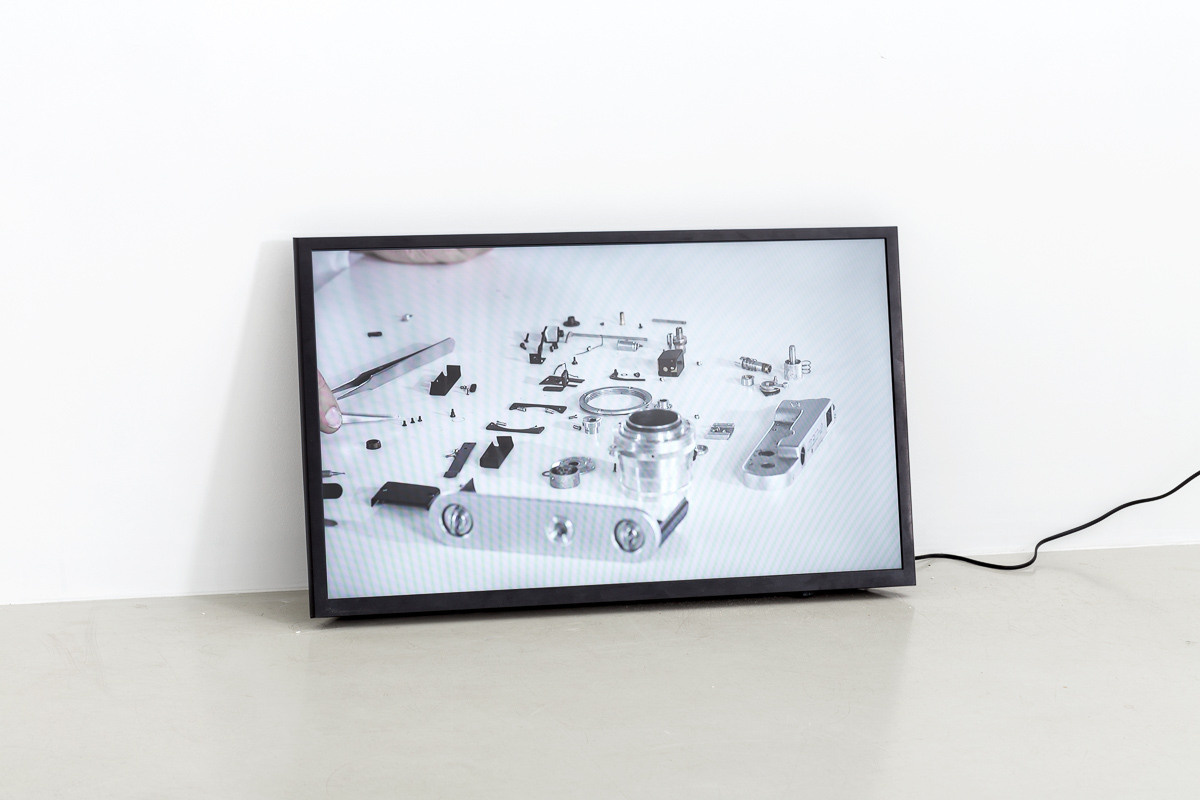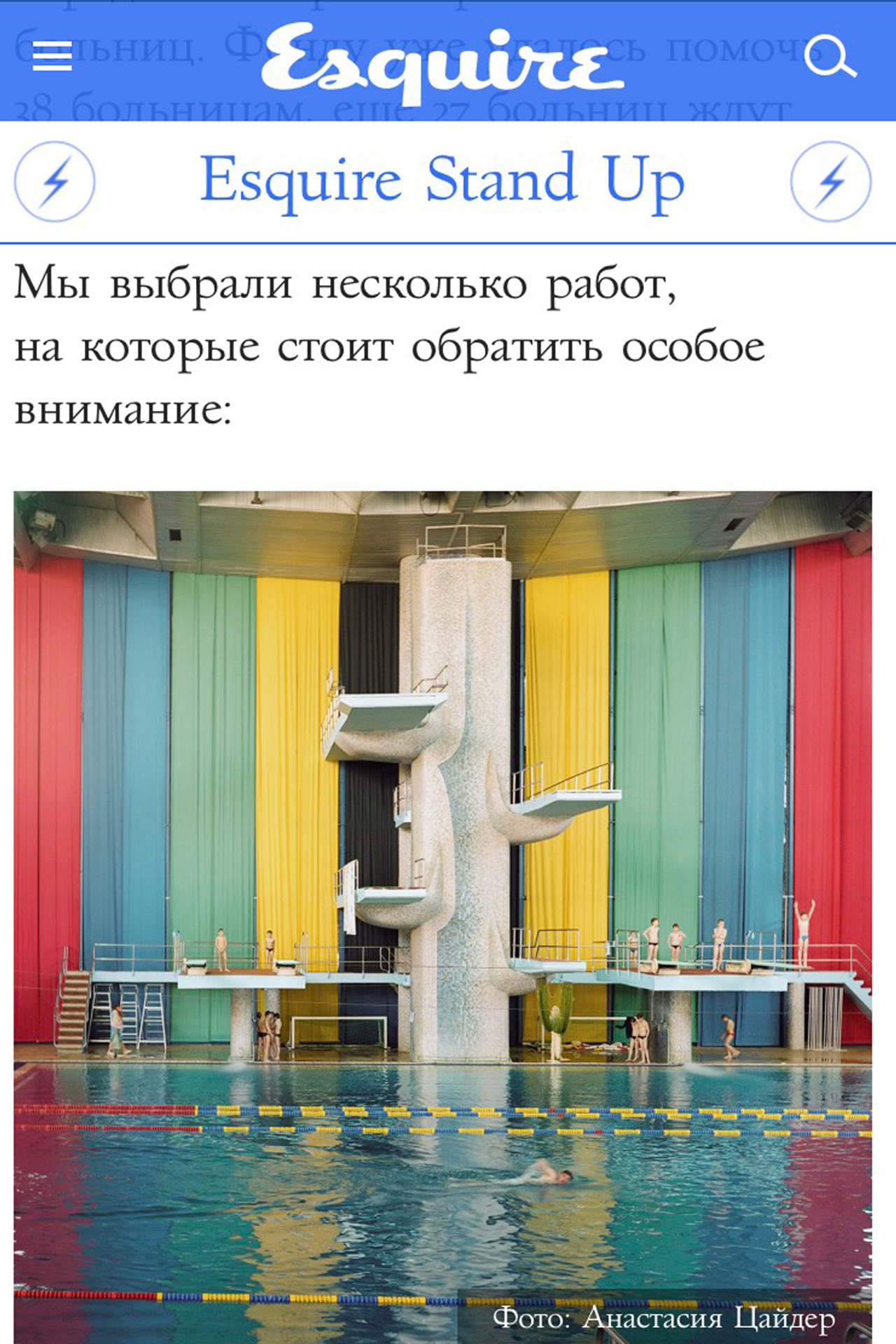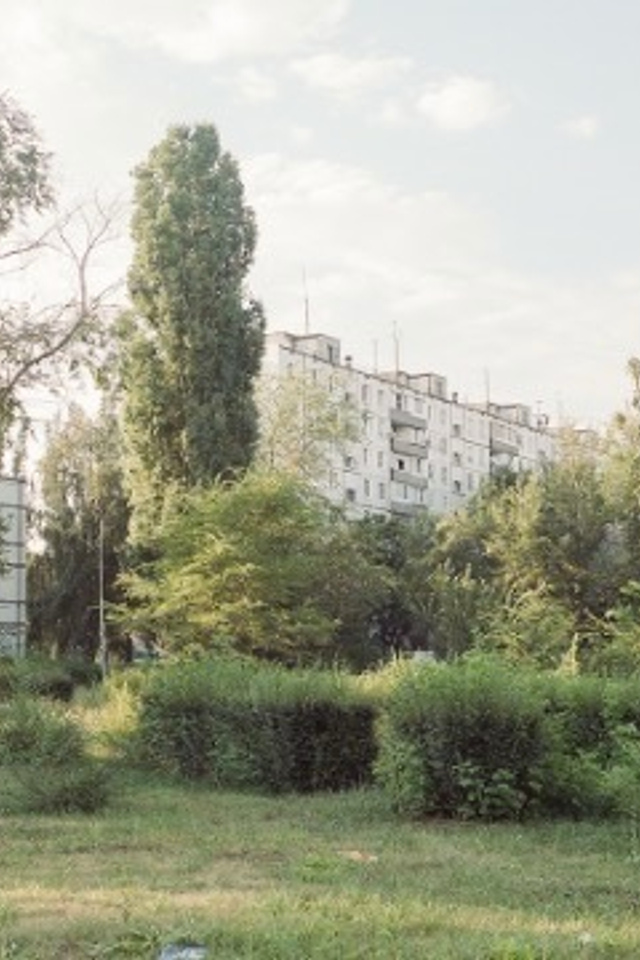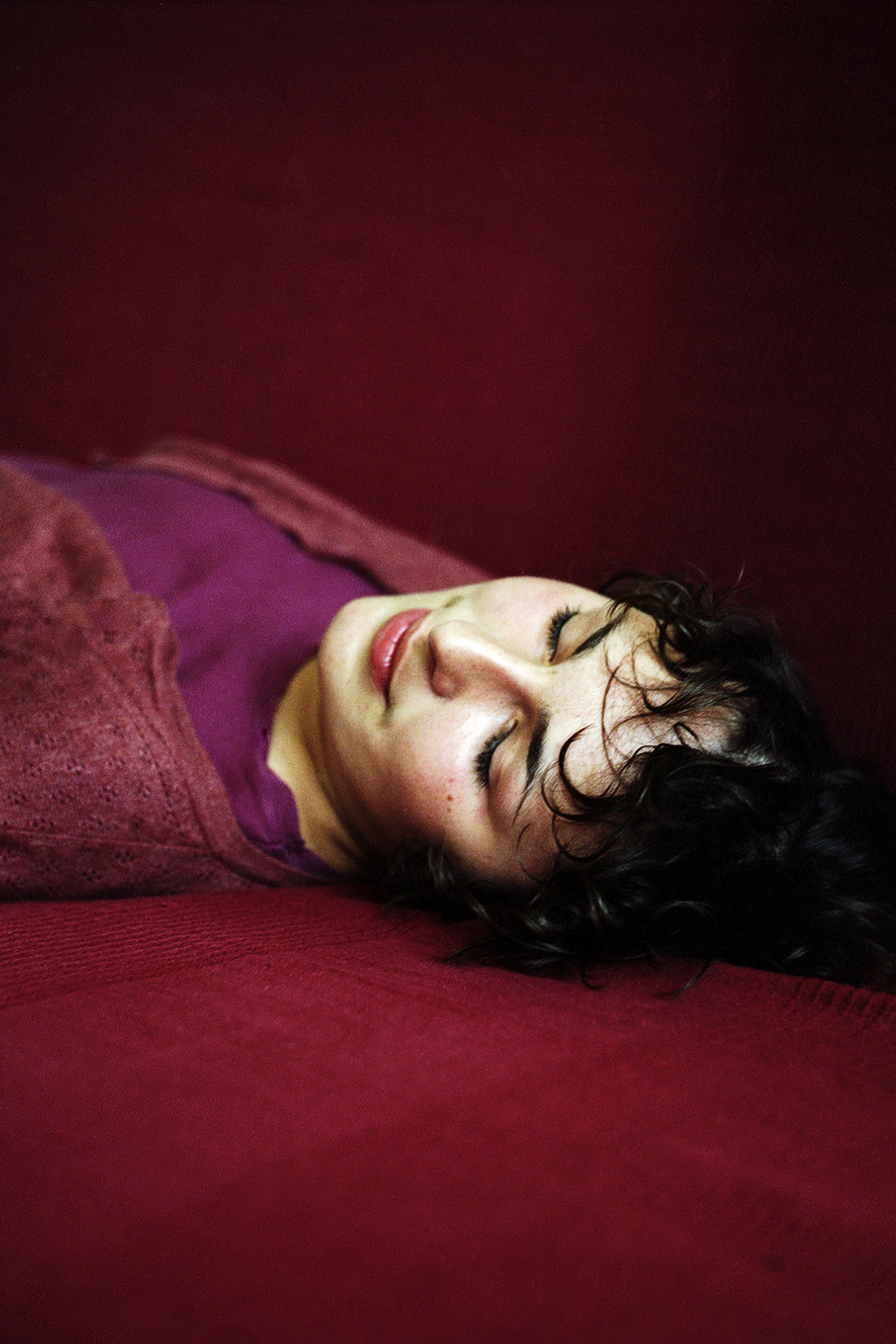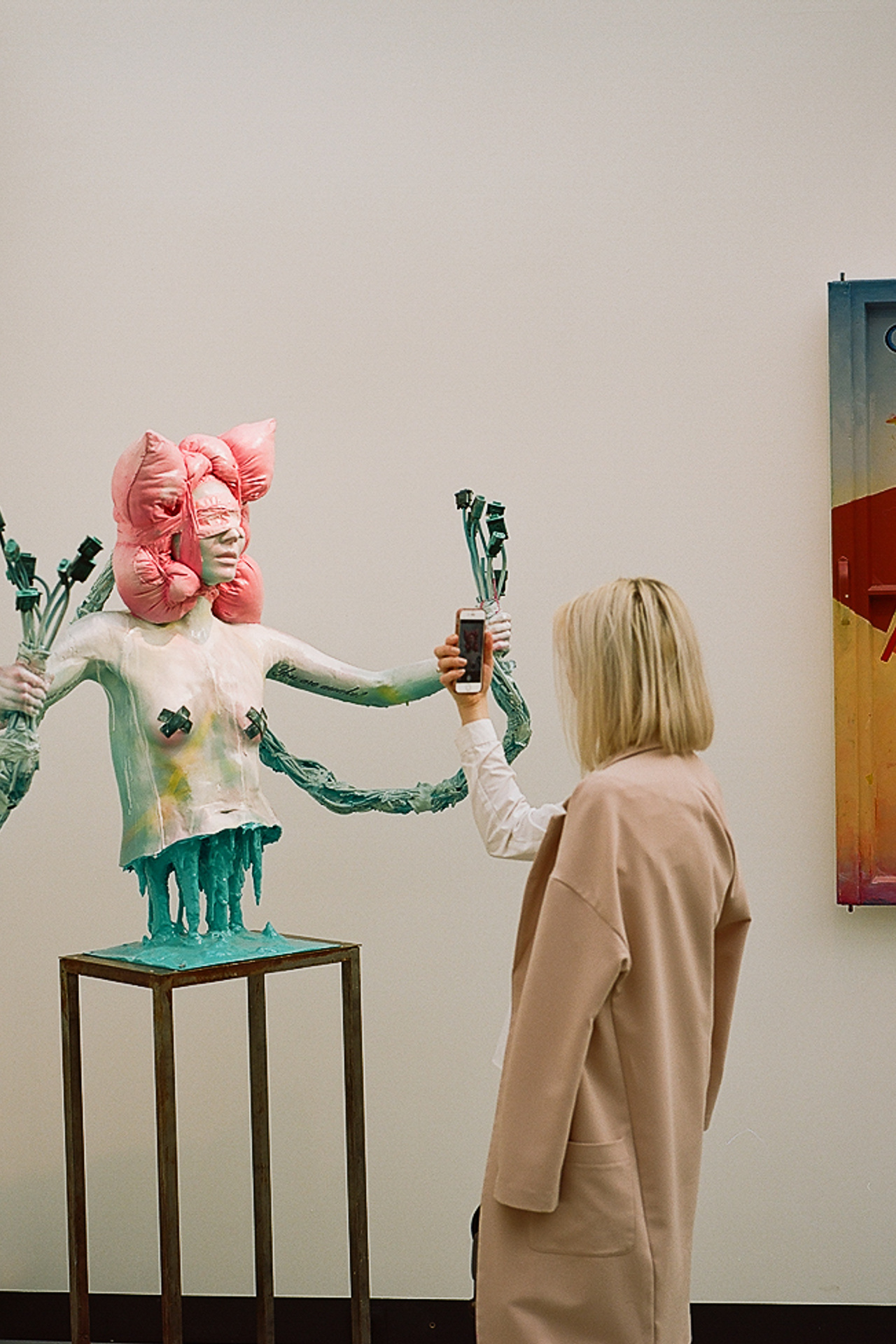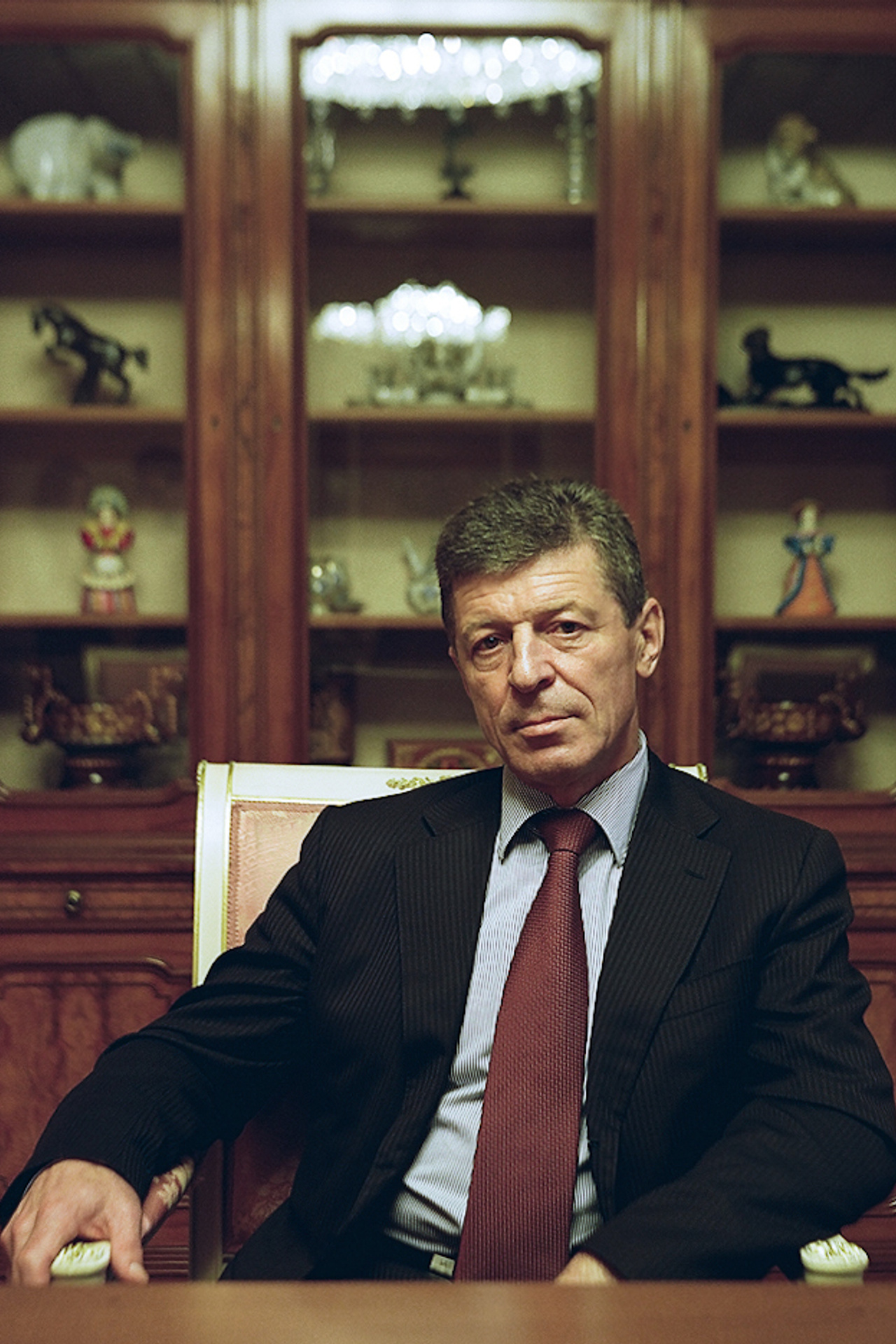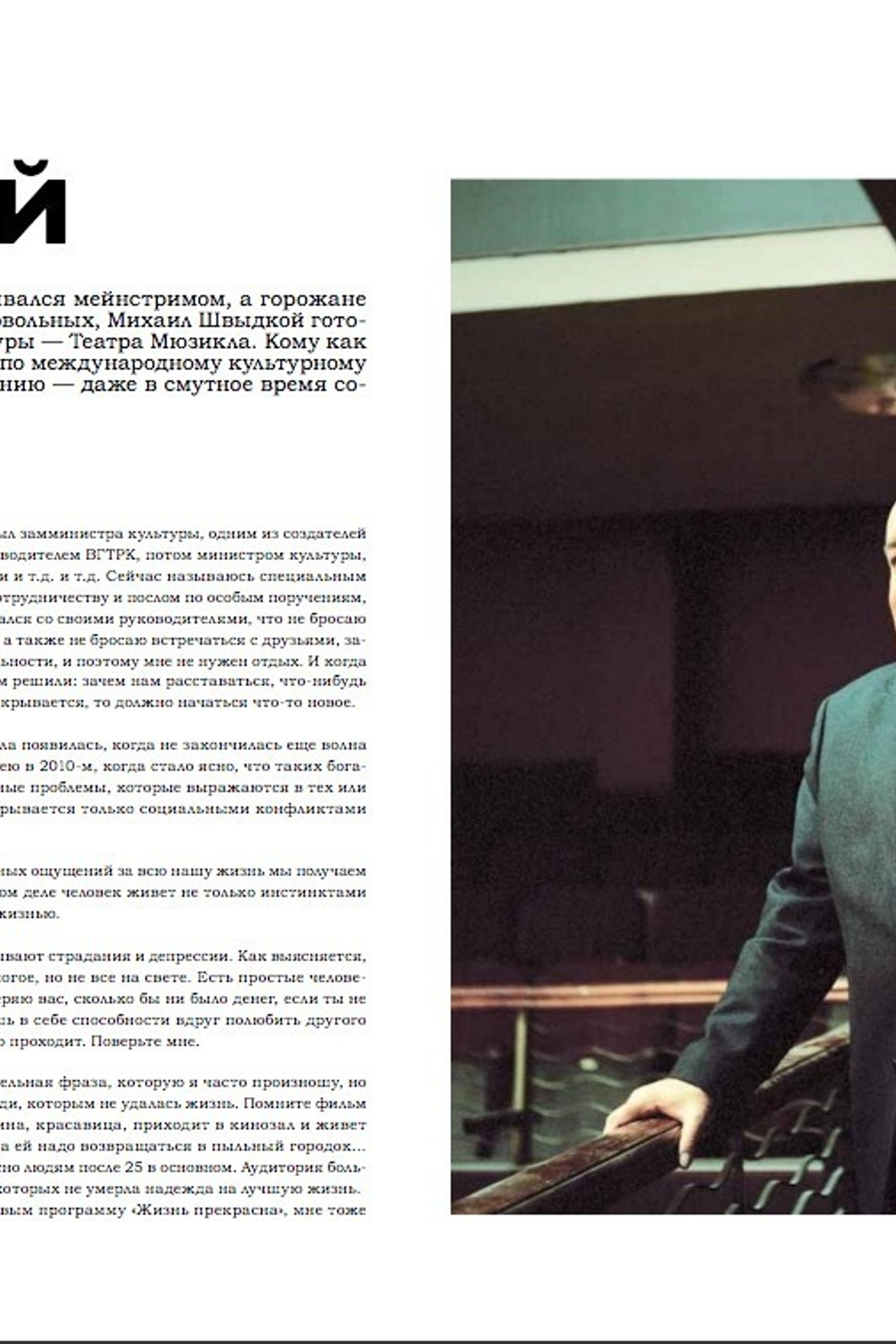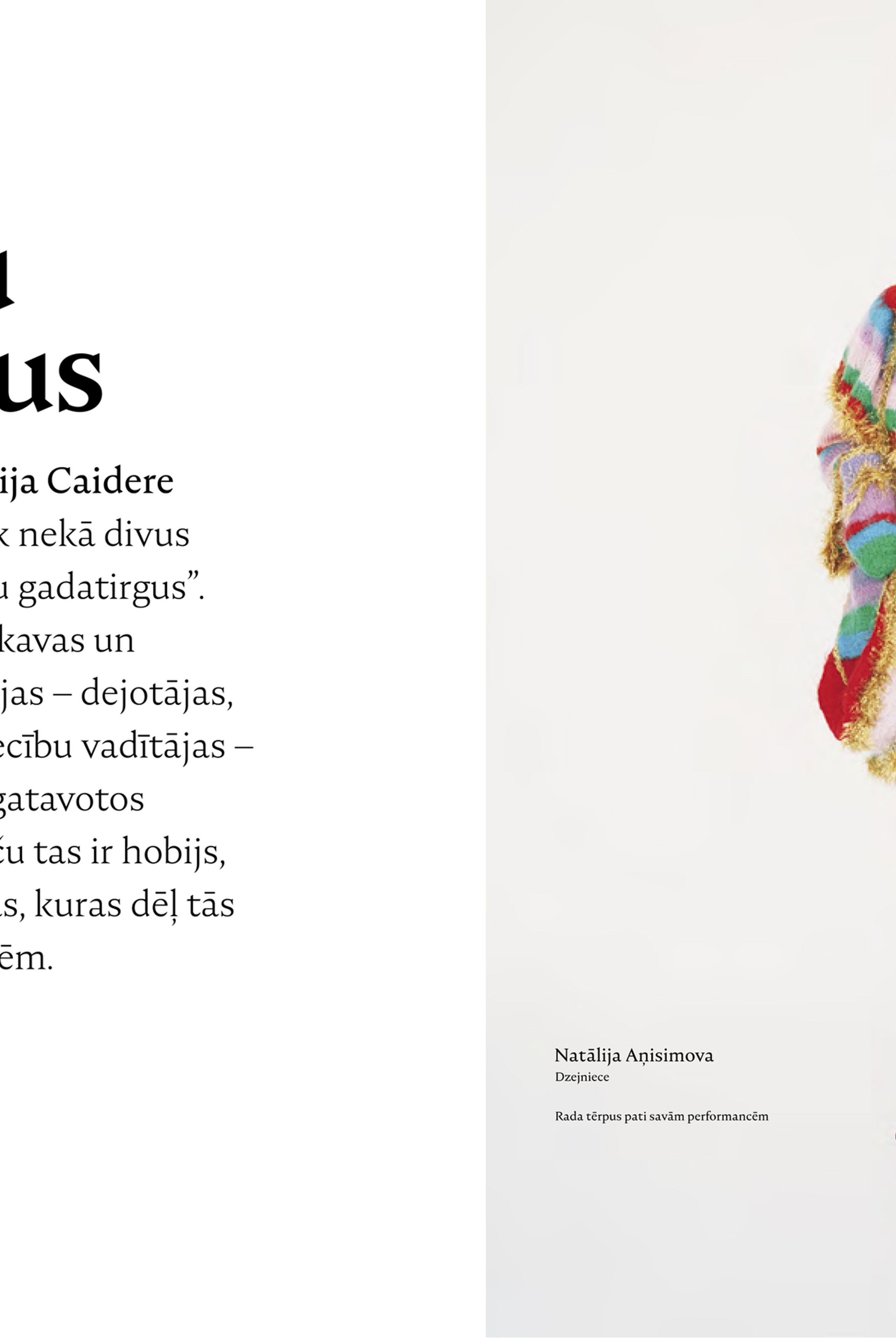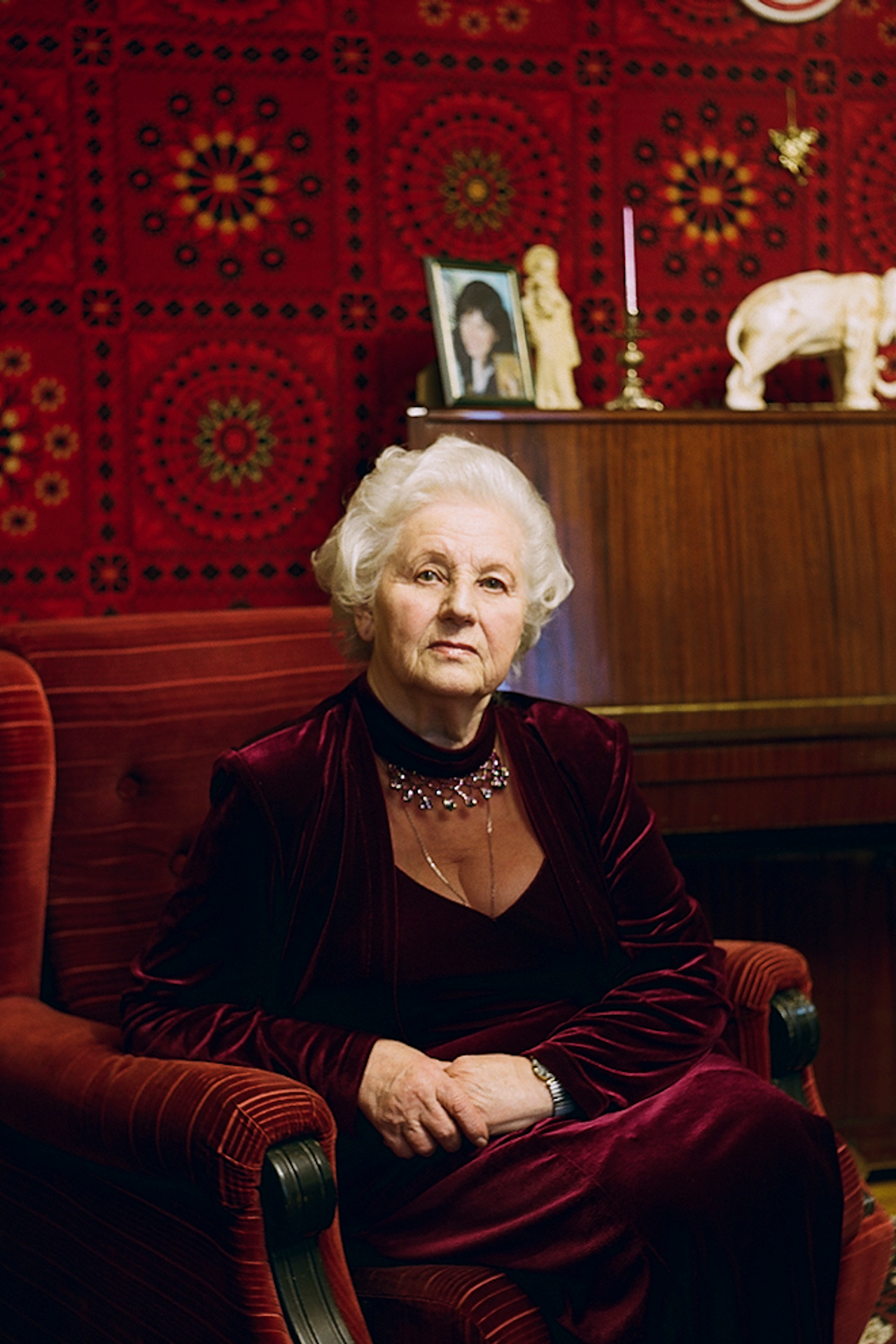Anna Nova Gallery is pleased to present Things, an exhibition referring to the collecting phenomena and considers it through the example of two remarkable private art collections — the one of Denis Khimilyayne and the other one of Sergey Limonov. The exhibition has three sections, each of them located within one level of the gallery’s exhibition space. The exposition at the ground floor comprises the works of my choice, the ones that are not from Limonov’s and Khimilyayne’s collections. Their collections are presented at levels 1 and 2, but not as easy as that. I asked the collectors to choose some works from each other’s collections that they would love to possess. Thus, level 1 presents the art from Khimilyayne’s collection that Limonov has selected, and level 2 — the art from Limonov’s collection chosen by Khimilyayne. The first part that opens the exhibition is a kind of a comment or a foreword for the other two. It is to determine and highlight the features of private collections, the most essential of them being succession, which reveals in a certain — say, classic — code of the visual culture (like artistic means, image-bearing systems, genre and narrative specifics), and the abstract form, tending towards geometric austerity. These things make the collections what they are and invite to discuss inconsistencies typical for collecting and art in general. One of such polemical subject is the medium specifics of art. Today, its segregation to kinds, genres and artistic means is quite provisional. Art exists in diverse media and materials, and even if it follows a certain artistic tradition, it tends to reinvent it and make it match the demands of today.
At the same time, the world of art and the public conscience is solidly taken by the only medium, which is pictorial art. As I see it, the objects of art showcased in the 1st part of this exhibition pose a threat to these long-established representation systems and antagonism of the contemporary and the classic, which is inherent as far as art is concerned. Photographic images that we in all times have been enduing with documentality tend to disappear with time, transformed into something laconic and abstract (Anastasia Tsayder). The whole country and its multiple constituents get statuses as art objects (Agency of Singular Research — Stanislav Shuripa, Anna Titova). Letters and digits, symbols and signs arranged into dynamic compositions can be distinguished on uneven and prominent pictorial surface (Arseny Zhilyaev). Genre scenes and plots that reference to classic art do not fall into the framework of traditional identification categories and have to be reconsidered (Alexander Gronsky, Natalya Zintsova, and Olga Shurygina). The 2nd and the 3rd parts of the exhibition do not only uncover the afore-said characteristic features and traits. They support the controversial issue and condition it with a requirement for reflexive critical attitude to the practice of collection itself. Before choosing some works from each other’s collections, the collectors had to explain the logic of their own collections first — the one streamlining the objects in them and ensuring their overall integrity and entirety. Understanding their own collecting practice helped them to compare it to the alternative one and see how a collection as a public important social statement insistently appears behind collecting things, manifesting and shaping the environment of the contemporary Russian art. Gallery is pleased to present an exhibition Things curated by Aleksey Maslyaev, 08 Dec — 06 Feb 2021
Editorial/News
